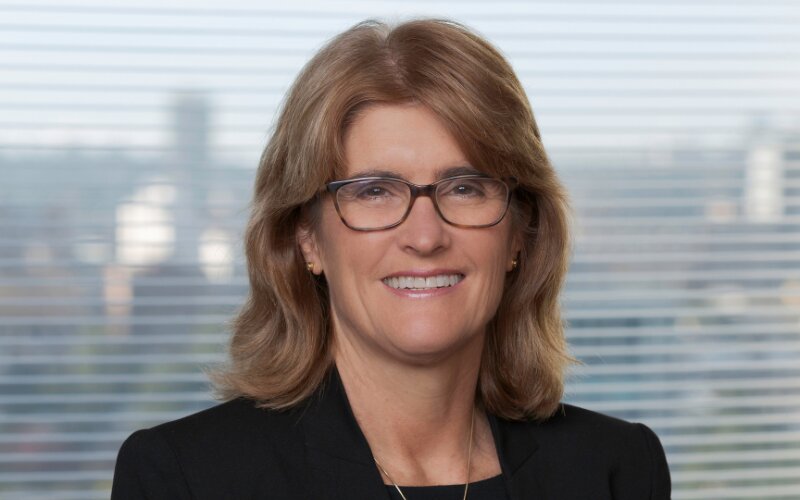CommBank's household spending index has reaccelerated, after average monthly growth of 0.2% from February to May.
Hospitality spending saw the strongest growth in September, increasing 2.7% in seasonally adjusted terms, driven in particular by more customers at fast food outlets and resturants.
Food and beverage spending rose 2.2% after a 0.3% decline in August, with an 8% increase in spending at liquor stores which is likely attributable to the AFL and NRL grand finals at the end of the month.
Aussies also spent more on Transport (up 1.5%), Education (up 1.4%), Communications (up 0.8%), Insurance (up 0.8%) and motor vehicles (up 0.4%).
The two categories that saw the largest decline in September were Recreation (down 1.8%) and Utilities (down 1.0%), but this is not necessarily indicative of Australians tightening the purse strings substantially in these areas.
Recreation spending in August rose 1.6%, driven by the women's world cup, so this month is more of a regression to the mean, while utilities spending is declining with government initiatives to lower energy prices and provide rebates and subsidies.
It's important to remember these figures aren't adjusted for inflation.
Through the year, the index rose 1.8%, which in real terms, considering the most recent CPI inflation estimate of 5.2% for August, suggests spending has likely declined in real terms.
However, report authors Stephen Halmarick and Belinda Allen say inflation isn't the only reason the index is climbing.
"Part of [resilient household spending] is price driven, but part of this is still a preference to spend given strong household income growth and previously accumulated savings," they said.
Many Australian households accumulated huge savings during the pandemic
State by state
Victoria saw the strongest increase in spending in September, unsurprising considering it hosted the AFL grand final, as well as the associated public holiday.
Australia's second largest state still saw the lowest annual growth to household spending though, with Victoria facing several major financial problems this year.
The ACT also rose 1.5% throughout the month, while the weakest growth was in South Australia, where spending only rose 0.5% in September.
In Tasmania, there was a 0.1% monthly decline.
| Monthly change to household spending | Annual change to household spending | |
| New South Wales | +0.6% | +1.9% |
| Victoria | +1.5% | +0.5% |
| Queensland | +0.6% | +3.5% |
| South Australia | +0.5% | +4.8% |
| Western Australia | +1.3% | +4.8% |
| Tasmania | -0.1% | +3.3% |
| Northern Territory | +1.4% | +1.1% |
| ACT | +1.5% | +2.3% |
The outlook for November
The RBA monetary policy meeting on 7 November is shaping up to be the most 'live' monetary policy decision for months. In terms of cash rate movement since 1990, 14% the time it's been in November.
Economists from CommBank, Westpac and ANZ are among those who expect that the current cash rate, 4.10%, will be the peak, but new RBA Governor Michele Bullock has maintained her predecessor's position that further tightening may still be necessary to combat inflation.
Although household consumption has certainly weakened after 400 basis points worth of increases to the cash rate, CommBank's spending indicator suggests growth in the Australian economy will continue to be stronger than forecast.
CPI inflation for the September quarter, scheduled for release on 25 October, will be among the most important data the RBA will take into account in November.
Fuel prices have risen sharply in recent months, as well as service price inflation, particularly rent.
If the CPI indicator shows prices are not moderating sufficiently, Ms Bullock might have no choice but to implement the first cash rate increase of her tenure.
Image by Geometric Photography via Unsplash



 Denise Raward
Denise Raward
 Harry O'Sullivan
Harry O'Sullivan




